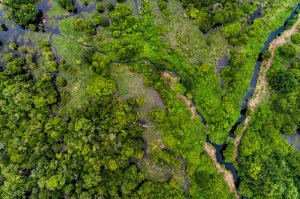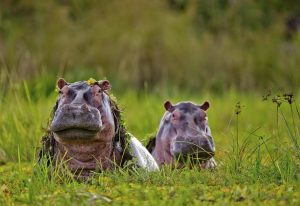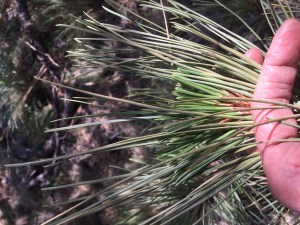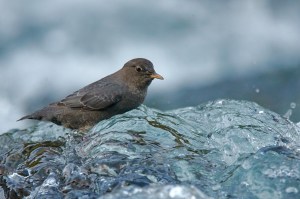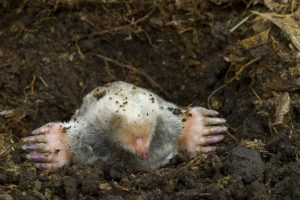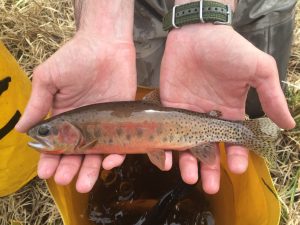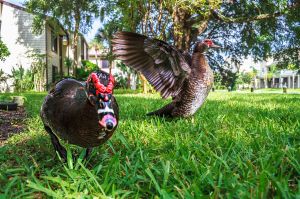Discover stories in Environments
The Carbon Cost of Converting Peatlands to Oil Palm
New research from Indonesia calculates the carbon cost of converting peat swamps to oil palm plantations: 640 metric tons of CO2 per hectare.
When Only a Hippopotamus Will Do
Hippos for the holidays? Some weird stories of human-hippo relations.
Operation Ponderosa: Saving a Forest, Pandemic Edition
An inspiring solo adventure to help save Texas’s ponderosa pines.
Mapping the Way to Better Conservation in the Caribbean
For the first time, scientists have mapped all the shallow underwater habitats across 30 Caribbean countries and territories.
50 Fish, 50 States: Cutthroat Connections
A search for native cutthroats offers connections in a crazy year.
Meet the Dipper, the Songbird That Swims
Meet North America’s only aquatic songbird.
Dead Drift: Adding Salmon Carcasses to Streams
Salmon feed an entire ecosystem. But what if the fish are gone?
Animal Hoarders: How Creatures Feast for Winter
The strange and surprising ways wild animals prepare for winter.
50 Fish, 50 States: Yellowstone’s Native Fish
Yellowstone’s large mammals get the attention, but the park’s underwater wildlife is special, too.
There’s a Python Living in My Rain Gutter
Pythons in the house?! When a birdfeeder attracts more than just birds.
Biophilic Cities For An Urban Century
What use is nature in the urban century?
When Domestic Birds Go Wild
When free-range poultry takes on a whole new dimension.
